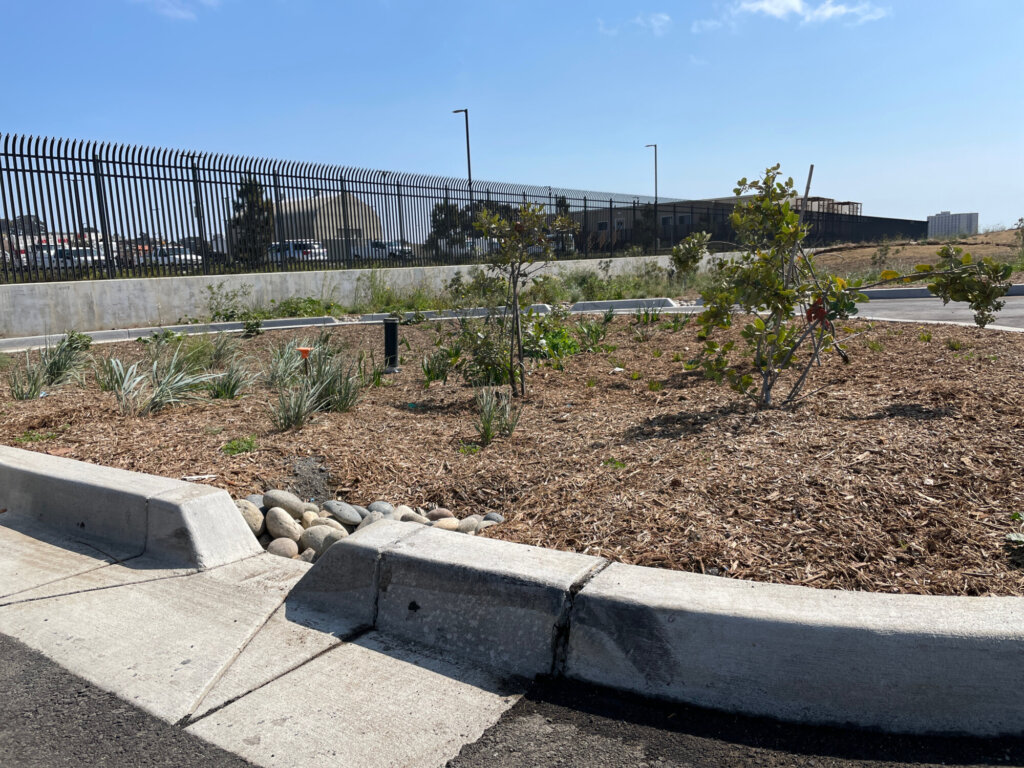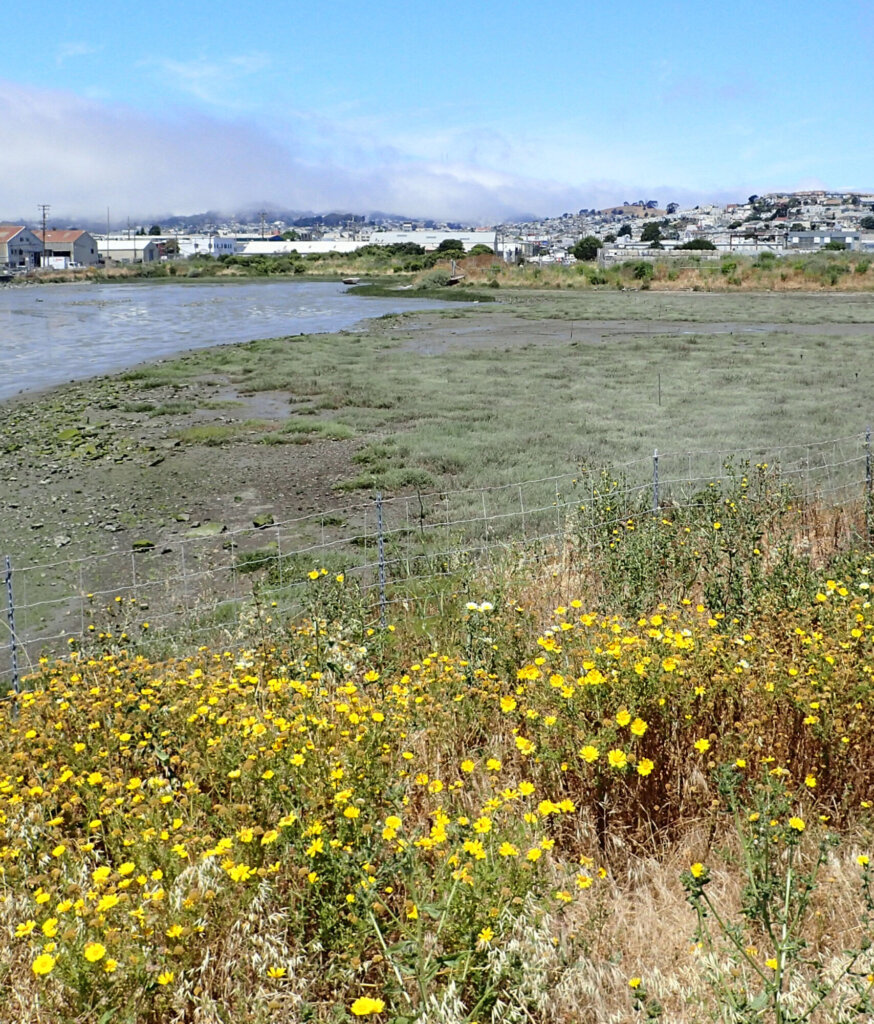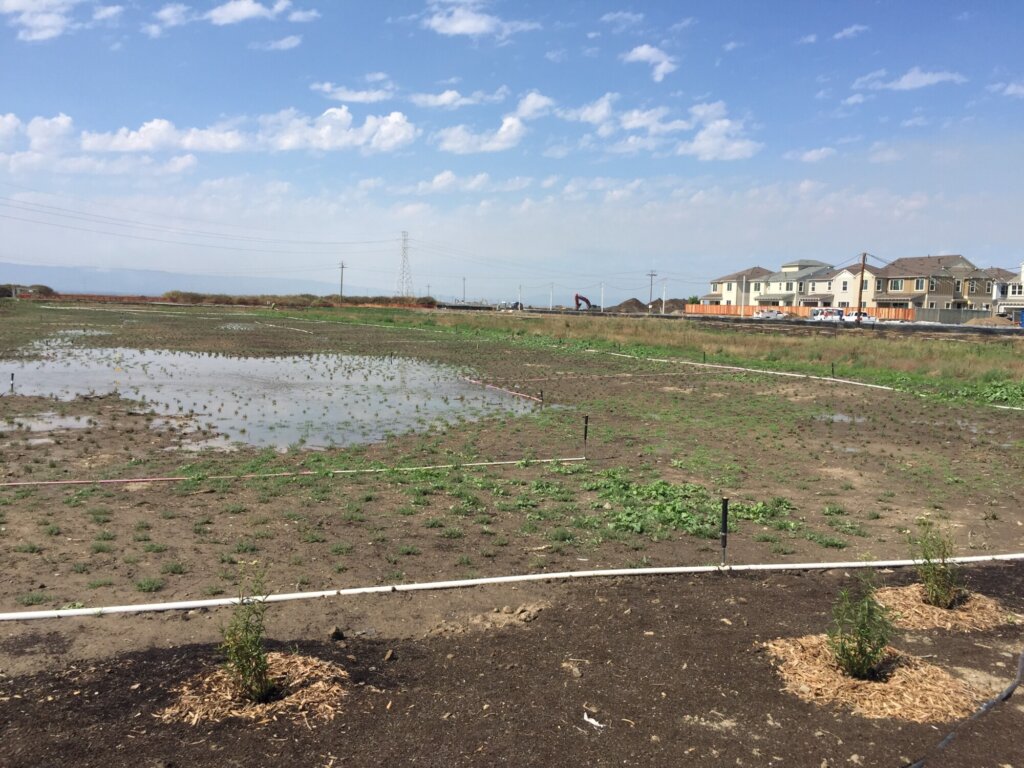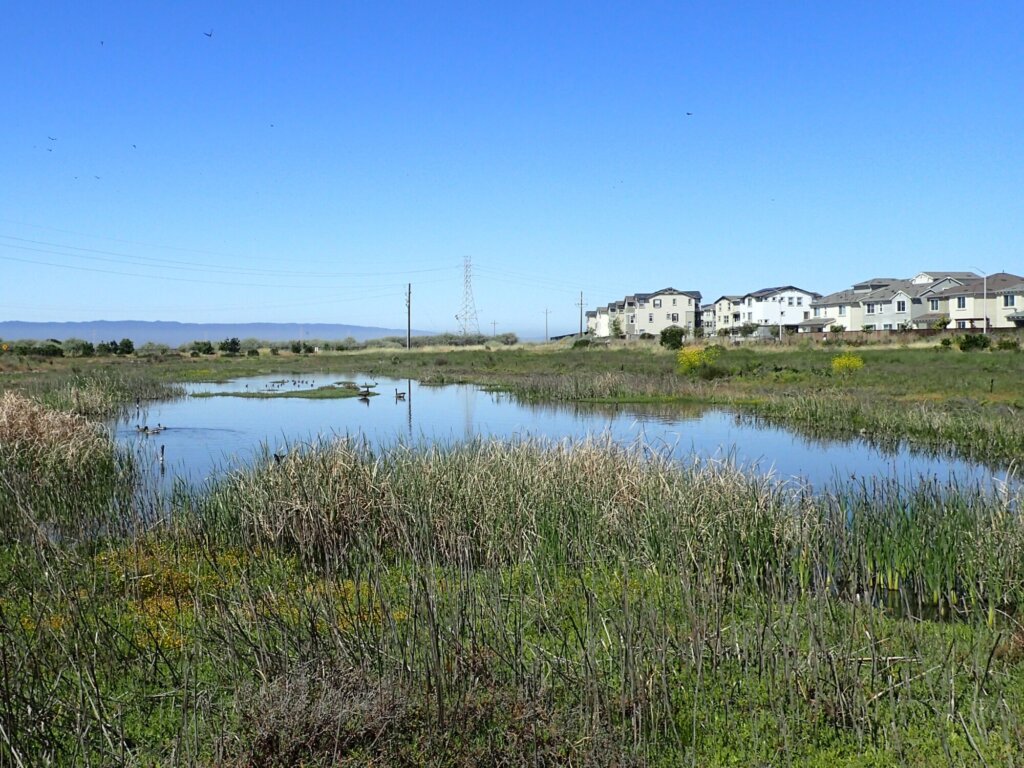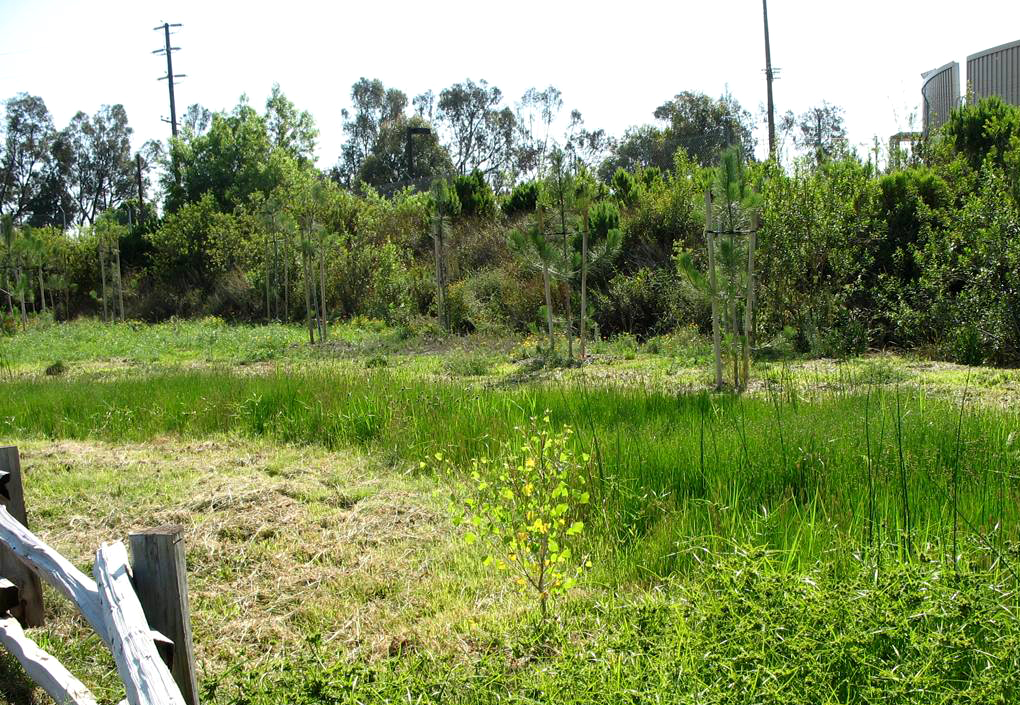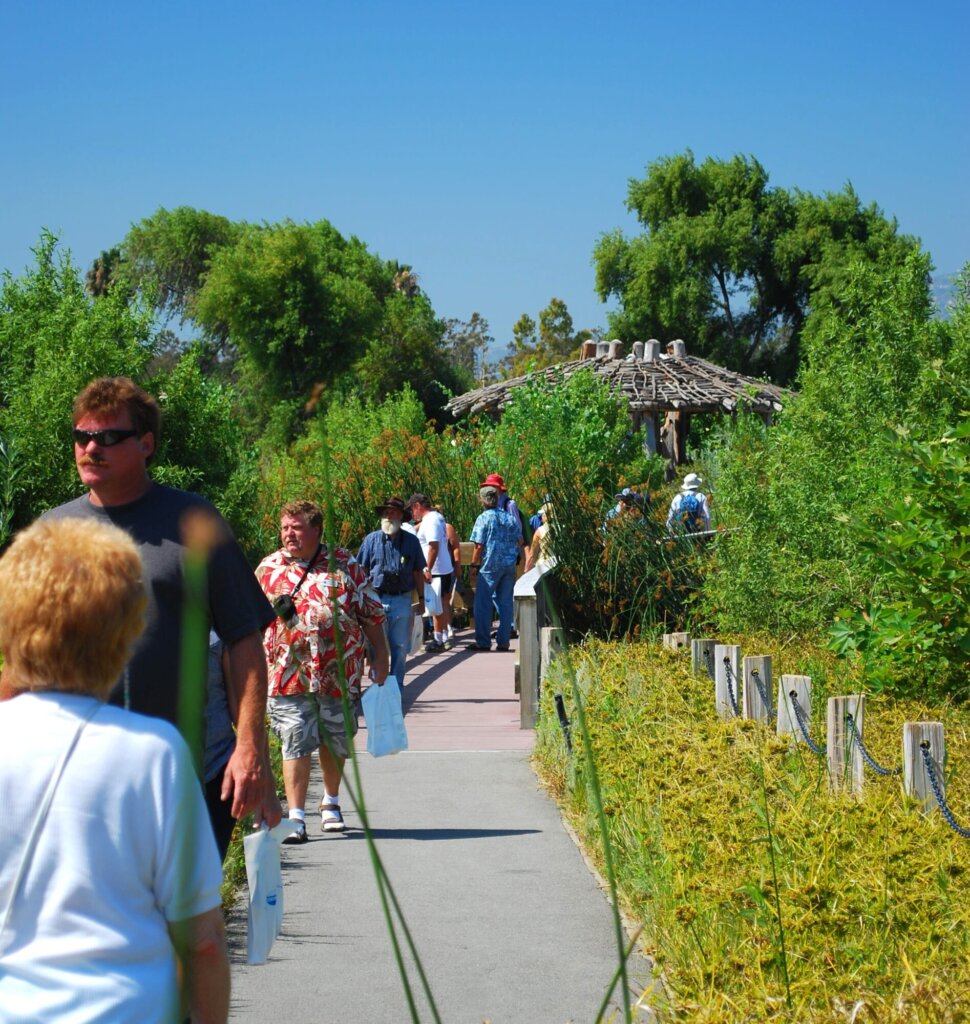Integrating Ecological Restoration and Sustainable Design to Create Resilient Landscapes
Ecological restoration and sustainable landscape design often share similar goals of improving the health, well-being, and functionality of our ecosystems and landscapes. WRA’s landscape architects have a decades-long practice planning and designing ecological restoration projects, focusing on the restoration of such habitats as freshwater wetlands, tidal marsh and estuaries, and stream and riparian systems. We collaborate with a diverse mix of other WRA environmental professionals in the process, including plant and wildlife biologists, geomorphologists, and engineers, to ensure our designs are ecologically robust and functional. Ecological restoration could be considered the epitome of a sustainable design because the goals typically include creating a self-sustaining ecosystem over time with little to no maintenance required. While most landscape design projects occur in such places as public plazas and parks, campuses, and commercial and residential sites where some level of maintenance is required to ensure that the intended aesthetics and functionality of a site are retained over time, ecological restoration principles can still be applied to these projects.
Certifications and Rating Systems
One way to ensure that principles of ecological restoration and sustainable design are effectively implemented is through certification programs such as the national Sustainable Sites Initiative (SITES) or the California-based ReScape rating system. SITES is a comprehensive certification program that evaluates and recognizes sustainable design practices in landscaping and land development projects. Similar to the LEED program for green buildings, the SITES certification program evaluates projects based on a set of prerequisites and credits that cover various aspects of sustainable design, including the site’s location, water management, soil health, vegetation, materials, and human health and well-being. The program rewards projects that demonstrate a high level of performance in each of these categories, with the goal of encouraging sustainable and regenerative practices that promote the health of the ecosystem and the community.
Likewise, ReScape’s landscape rating system in California offers a structured approach for landowners and landscape designers to establish sustainable and water and energy-efficient landscapes that promote environmental well-being. The rating system process certifies the regenerative, nature-based benefits in the design and build of a landscape.
Native Plants
Many links occur between the sustainable design principles of these certification programs and ecological restoration goals. For example, one of the key principles of ecological restoration is to use native species. The use of native plants is essential for restoring the ecological function of an ecosystem, as they are adapted to the local climate and soils and provide food and habitat for local wildlife. SITES and Rescape encourage the use of native species in landscaping projects by awarding points towards certification for the use of native plants. This incentivizes project teams to use native species in their restoration projects, helping to create more sustainable and resilient ecosystems.
Hydrologic Processes
Another important principle of ecological restoration is to restore the hydrological function and processes of an ecosystem. For example, this could include restoring the natural water cycle which is often compromised in urban and developed areas, including the infiltration, storage, and release of stormwater. SITES and Rescape recognize the importance of restoring the hydrological function of ecosystems and award points towards certification for the implementation of green infrastructure practices, such as rain gardens and bioswales, and the use of permeable paving. These practices help to manage stormwater runoff and restore the natural water cycle, improving the health of the ecosystem. In addition, low-water use, temporary irrigation systems are often used in ecological restoration projects and similarly, sustainable design projects often require that water use for irrigation be minimized by using drought-tolerant plantings and irrigation systems with low water demand.
Soil Health
An additional key aspect of ecological restoration is the importance of soil health. Healthy soil is crucial for the growth of vegetation and the overall health of the ecosystem. The SITES and Rescape programs encourage the use of sustainable soil management practices, such as conserving topsoil and composting to enhance soil health and promote the growth of vegetation.
Human and Community Health
Ecological restoration and sustainable design promote the integration of human health and well-being into the design of outdoor spaces. The SITES and Rescape programs also recognize the importance of promoting human health and well-being and require that projects demonstrate strategies to promote physical activity, mental health, and social interaction.
Successful Case Studies
WRA’s projects routinely employ both ecological restoration and sustainable site design principles. For example, the photographs below from WRA’s Yosemite Slough Restoration and Public Access project in the Candlestick Point Recreation Area along the San Francisco Bay shoreline show the native and drought-tolerant plants, stormwater bioretention basins, and tidal marsh restoration components of the project.
Another example includes WRA’s work with the Bayshores Residential Project in Newark, California. For this project, we designed a tidally influenced wetland preserve near the residential development that includes a brackish wetland, transitional shrub, and grassland meadow habitats. The wetland receives treated stormwater runoff from the development, provides a home to a diverse assemblage of birds and other wildlife, and provides an amenity for the local residents. The photographs below show how the wetland preserve has established over time.
Additionally, the Bixby Marshland project in Los Angeles County demonstrates how WRA landscape architects integrated ecological complexity and science with design to allow both people and nature to thrive in close proximity. This required a synthesis of all of the systems and factors that together create a sustainable site, including hydrology, native habitat restoration, soil conservation, stormwater treatment, invasive plant removal, recreation, accessibility, outdoor education, public facilities, and aesthetics.
WRA staff have credentials to evaluate the sustainability and resiliency of outdoor spaces, including the SITES Accredited Professional and Rescape Qualified Design Professionals.
We’d love to hear from you and discuss how the principles of ecological restoration and sustainable site design may benefit your project’s landscape or open space area.
WRA’s Landscape Architecture Team includes:
Ingrid Morken
morken@wra-ca.com
Russell Prange
prange@wra-ca.com
Cody Lambrecht
cody.lambrecht@wra-ca.com
Derell Griffin
derell.griffin@wra-ca.com




